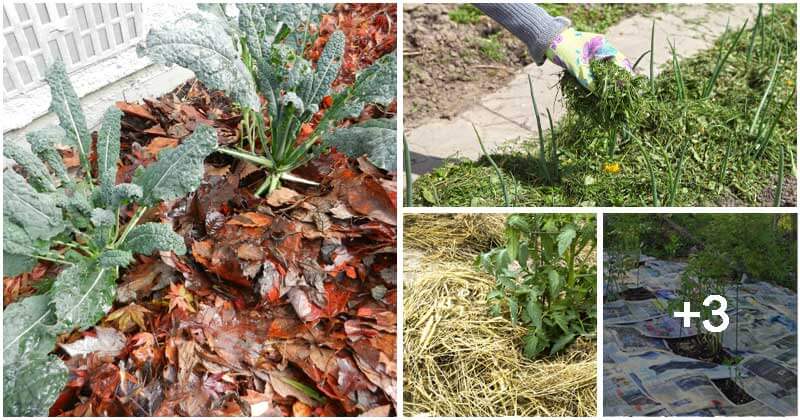Regardless of fall, winter, and early spring, your vegetables also need to lay down a little mulch blanket to help them grow happily. Using mulch in the vegetable garden will bring magic, from an excellent weed barrier, water retainer, to a temperature fluctuation reducer that can affect plant root systems. If you are looking for what types of mulches are good for your vegetable garden, the list today will give you some recommendations.
Scrolling down slowly, as you can see, all of them are made from dry leaves, straws, grass clippings, newspapers, and they are great organic mulches. After a time, they eventually break down into the garden bed and help build the soil. With this mulch, you will save a large of money on buying fertilizers. Because they contain a wide range of beneficial nutrients and are forms of organic matter that will improve the structure and characteristics of your soil. These options are great for adding edible crops and other plants to your garden. Check them out!
#1 Straw and Seedless Hay
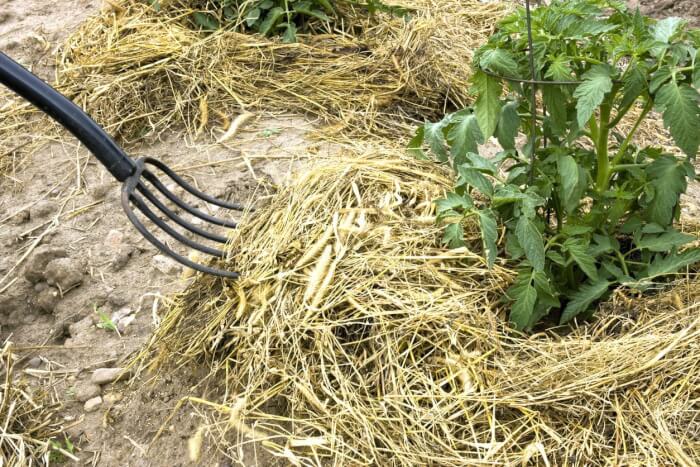
Straw and Seedless Hay are great mulches for vegetable or herb beds and they also work quite well for creating a dry garden pathway between rows.
#2 Grass Clippings
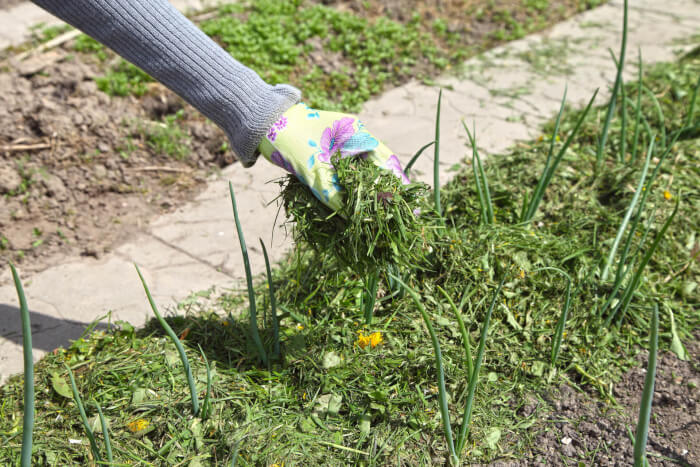
You can use Grass Clippings as a mulch to cover around young tomato plants and other veggies that enjoy a nitrogen boost. Also, this mulch will break down quickly to warm up the soil to protect your vegetables in the spring.
#3 Newspaper or Cardboard
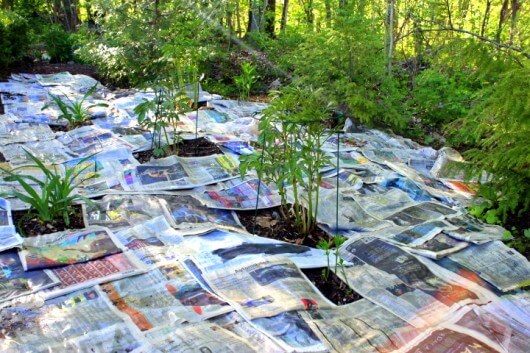
Newspapers or Cardboards are one of the best organic mulches as they can be 100% biodegradable as well as the critters in the soil love them.
#4 Living Mulch
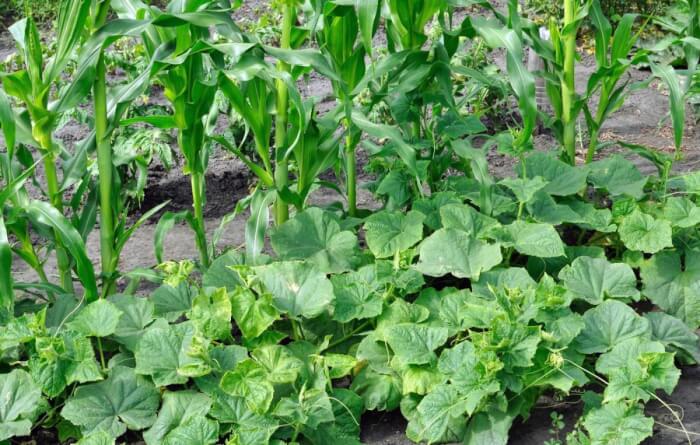
Living Mulch is known as companion plants. For example, pumpkins, squash, melons, zucchini, and cucumbers, which are trailing vegetables and all shade out and smother weeds while they help bind the soil to the earth and keep the soil moist longer. You can plant them among the taller crops like pepper plants, tomatoes, sunflowers, and corn.
#5 Dry Leaves
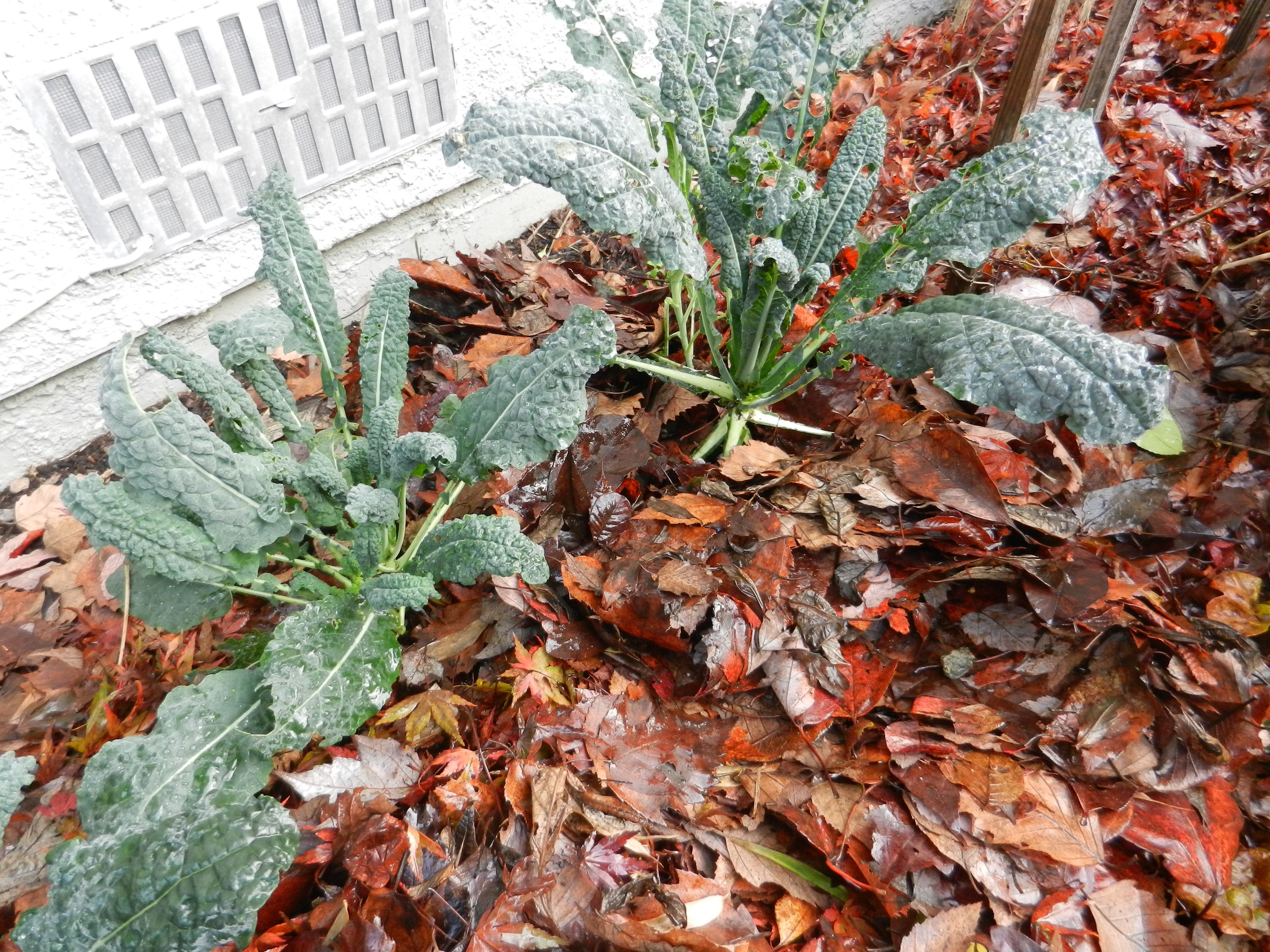
Dry Leaves can become a nice humusy soil for planting when spring comes. You can gather and cover them on top of the soil or turn them under the soil of an empty garden bed, then let them bread down over the winter.
#6 Wood Chips or Shredded Bark
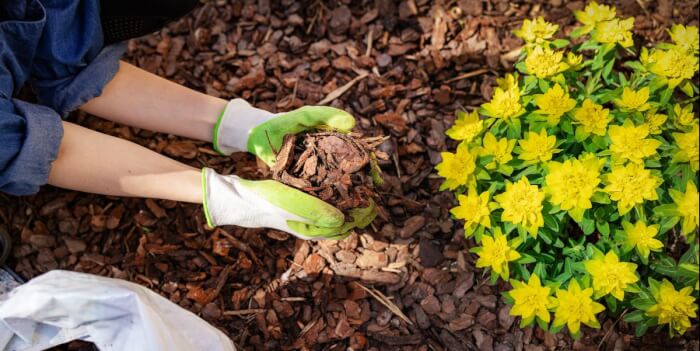
You can use Wood Chips or Shredded Bark for a perennial garden bed or shrubby foundation landscape because they are both sturdy materials that break down slowly.
#7 Compost
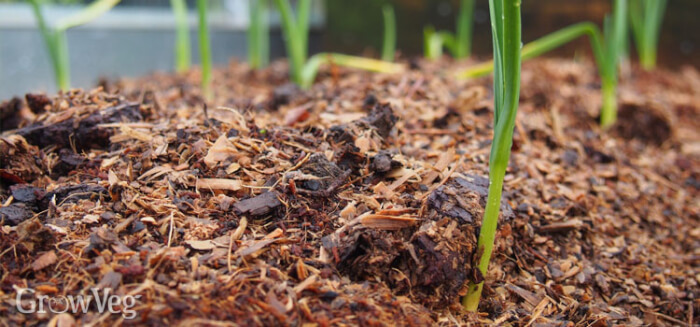
Like other mulches, compost not only builds soil texture, tilth but also has nutrients that leach immediately into the soil.
